Top Lists
Animals Featured on National Flags and Their Meanings
Numerous countries have distinct flags representing their values, with animals. Curious about countries with animal symbols on their flags and their meanings? Read on.
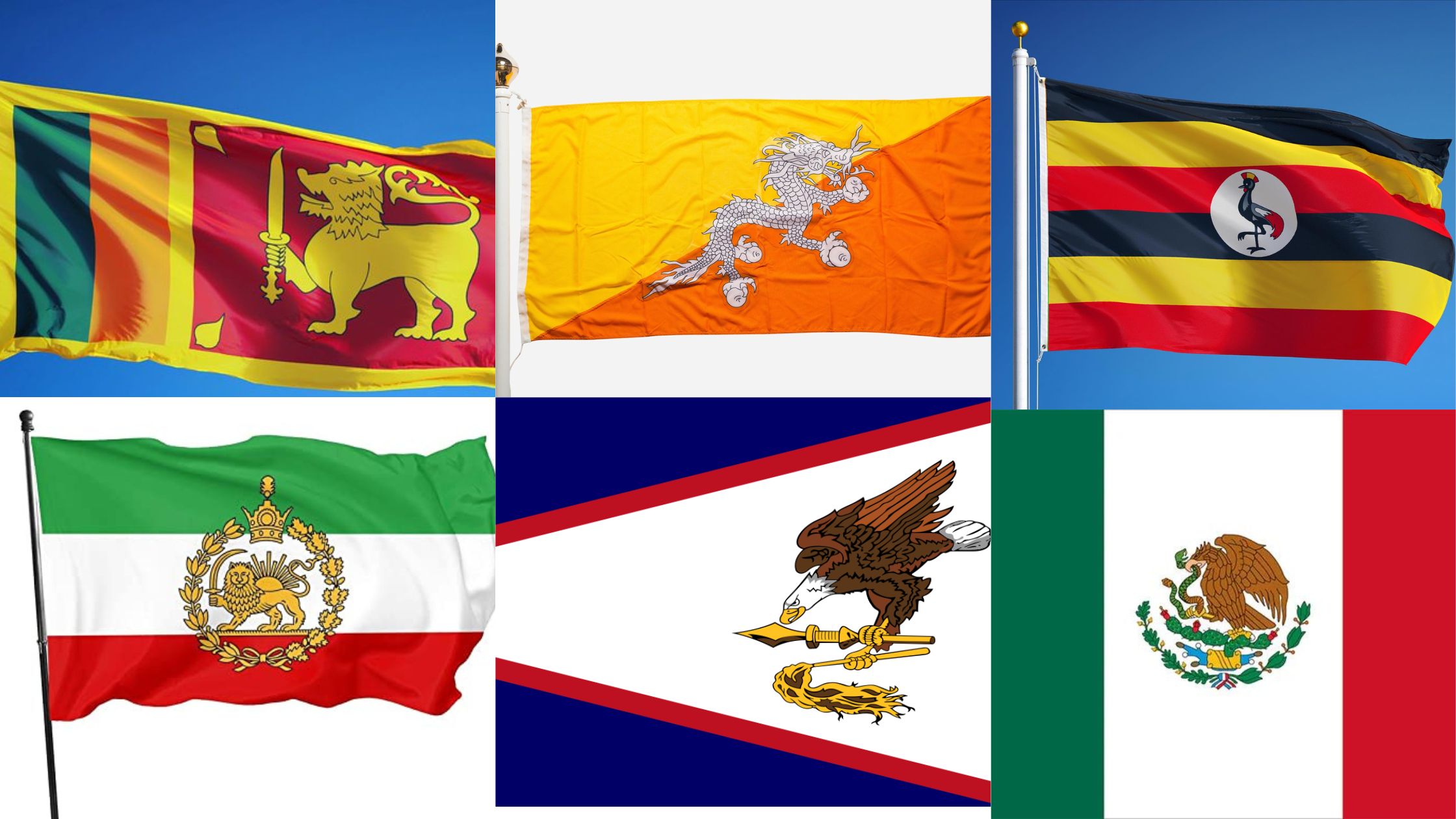
Countries use flags to showcase their identity and values visually. Animals featured on these flags add meaning and pride. Understanding their symbolism offers insights into these diverse nations. Flags differentiate countries and evoke pride in their citizens. Displaying another country’s flag can indicate respect, diplomacy, or peace treaties between nations.
Numerous countries have distinct flags representing their values, with common features like colors and animals. These animals hold different meanings for each country. Curious about countries with animal symbols on their flags and their meanings? Read on.
1. Mexico – Eagle with Snake
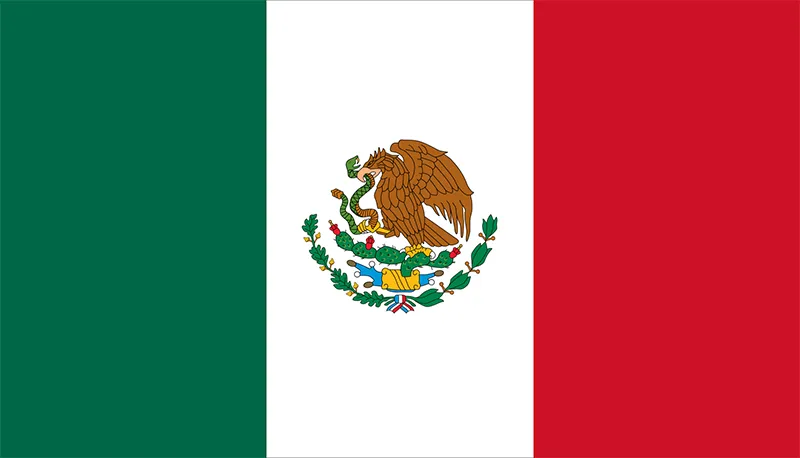
Mexico, situated in the southern part of North America, features an animal on its flag. Officially known as the United Mexican States, Mexico is the 13th-largest country worldwide, covering an area of 1,972,550 square kilometers (761,610 square miles) with a population of over 126 million, making it the 10th most populous nation. The Mexican flag consists of a vertical tricolor of green, white, and red, with the country’s coat of arms at the center.
The image has been an important symbol of Mexican politics and culture for centuries. To the people of Tenochtitlan, this symbol had strong religious connotations, and to the Europeans, it came to symbolize the triumph of good over evil (with the snake sometimes representative of the serpent in the Garden of Eden).
2. American Samoa – Eagle

The bald eagle represents the U.S. and features on the flag, although it does not live in American Samoa. It clutches two Samoan symbols, alluding to America’s guardianship over American Samoa, as well as evoking the Great Seal of the United States.
3. Bermuda – Lion
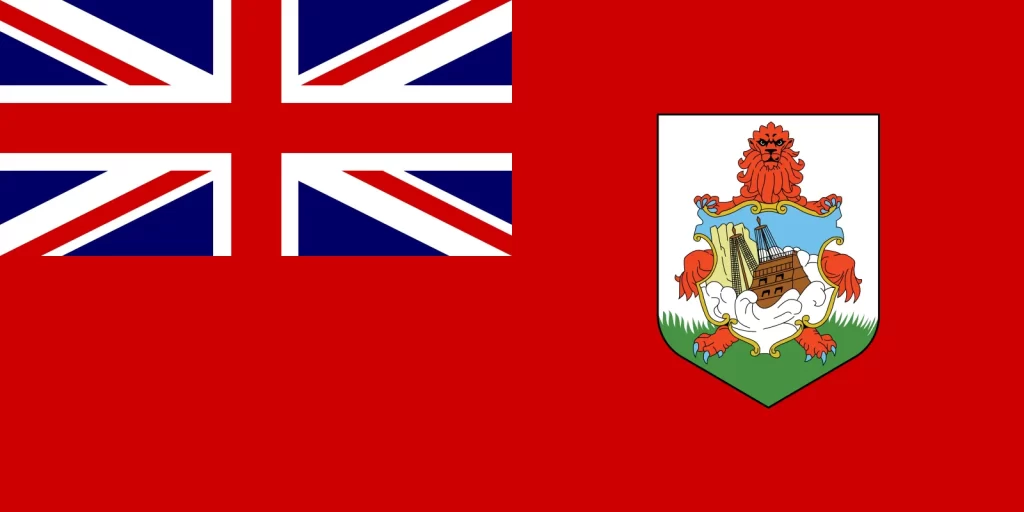
The coat of arms of Bermuda depicts a red lion holding a shield that has a depiction of a wrecked ship upon it. The red lion is a symbol of Great Britain and alludes to Bermuda’s relationship with that country. The Latin motto under the coat of arms, Quo Fata Ferunt, means “Whither the Fates Carry [Us]”.
4. Uganda – Grey Crowned Crane (national symbol)
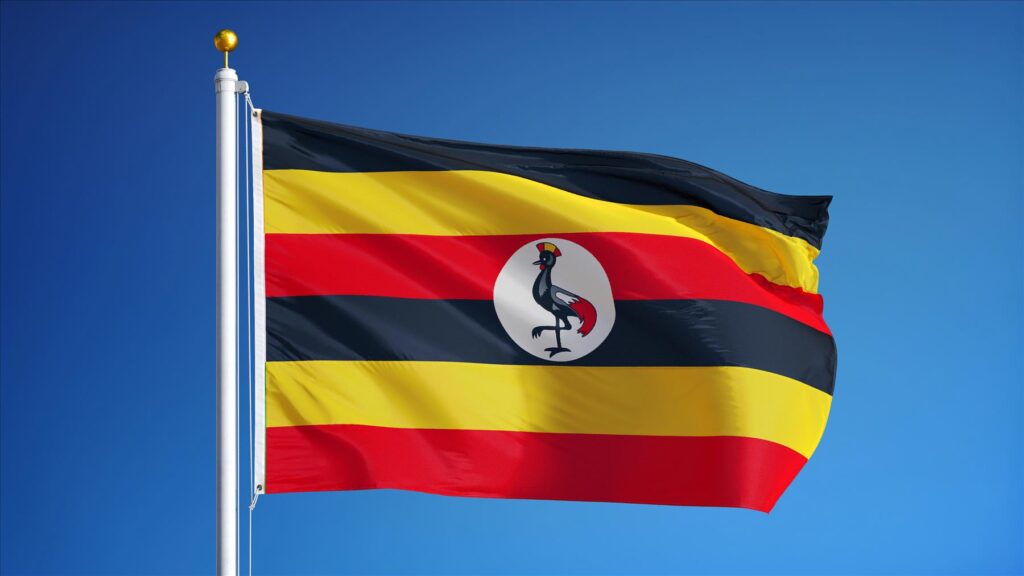
Uganda, a country in East Africa, is situated on a fertile plateau at an average elevation of 4,000 feet. It has around 46 million people, with 8.5 million residing in its capital, Kampala. Uganda is the world’s second-most populous landlocked country after Ethiopia.
The grey-crowned crane symbolizes elegance and beauty. It has been a symbol for the people of Uganda for more than 100 years. Their range includes the southern half of Uganda
5. Egypt – Eagle of Saladin
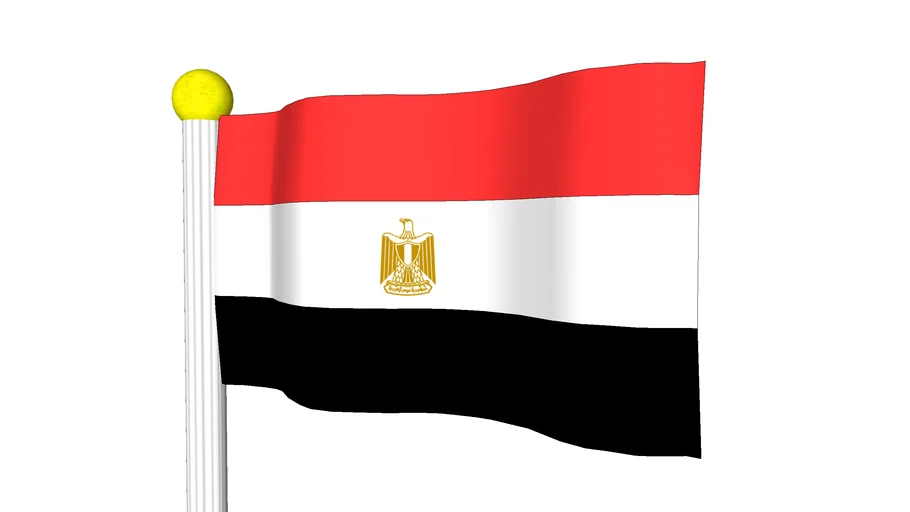
Inspired by the ancient eagle depicted on Egyptian temples from the Pharaonic era, Saladin, the first Sultan of Egypt, took the animal as a symbol of strength, and carried a yellow flag emblazoned with an eagle as his personal standard.
6. Bhutan – Druk (Thunder Dragon)

Bhutan, officially known as the Kingdom of Bhutan, is a small landlocked country in South Asia, located between India and China. Its terrain of steep mountains and deep valleys has led to scattered settlements. With an area of 38,394 km² (14,824 square miles), it’s one of Asia’s smallest countries and ranks 137th globally.
The local name for Bhutan is Druk Yul, meaning “Land of the Thunder Dragon,” which also appears on their flag. The present flag was adopted in 1949 during the signing of the Indo-Bhutan treaty. It features a square yellow and red bicolor with a green dragon in the center, symbolizing the country’s values and the dragon’s white color symbolizes purity.
7. Kazakhstan – Golden Eagle
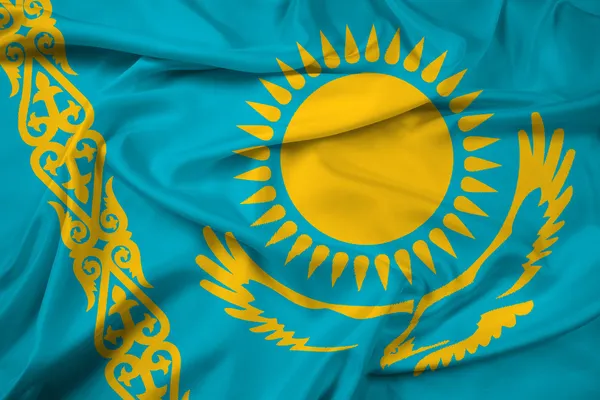
People of different Kazakh groups had the golden eagle on their flags for centuries. The eagle symbolizes the power of the state. For the modern nation of Kazakhstan, the eagle is a symbol of independence, freedom, and flight to the future.
8. Montenegro – Two-Headed Eagle, Lion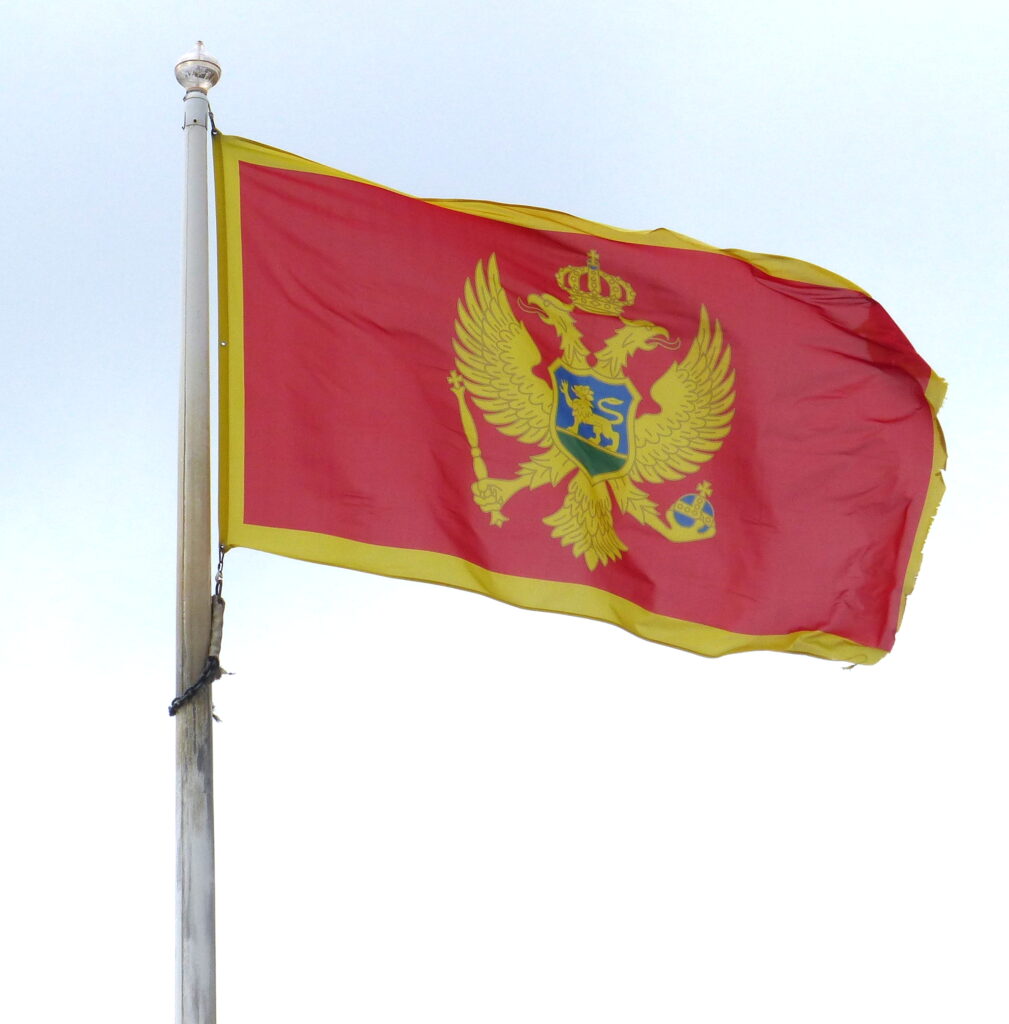
The charge is a two-headed eagle, a symbol of Byzantine and ultimately ancient Roman origin. It symbolizes either the unity of or the close connections between the church and the state. The motif was used by medieval rulers of Zeta—the House of Crnojević—as well as various other European dynasties.
9. Lion – Several Countries
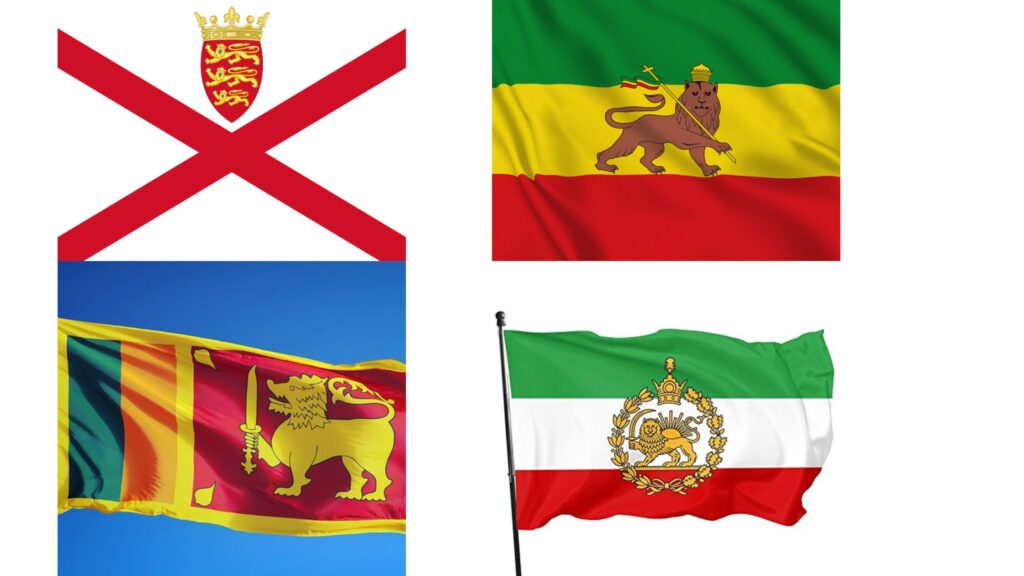
The Lion appears on various national flags, including those of England, Belgium, and Sri Lanka. Known as the “King of the Jungle,” the lion symbolizes bravery, royalty, and nobility. It reflects the courage and leadership qualities these countries strive to uphold.
The lion is a symbol of watchfulness, authority, domination, monarchy, sovereignty, magnanimity, majesty, royalty, pride, heritage, and bravery.
10. Albania – Two-Headed Eagle
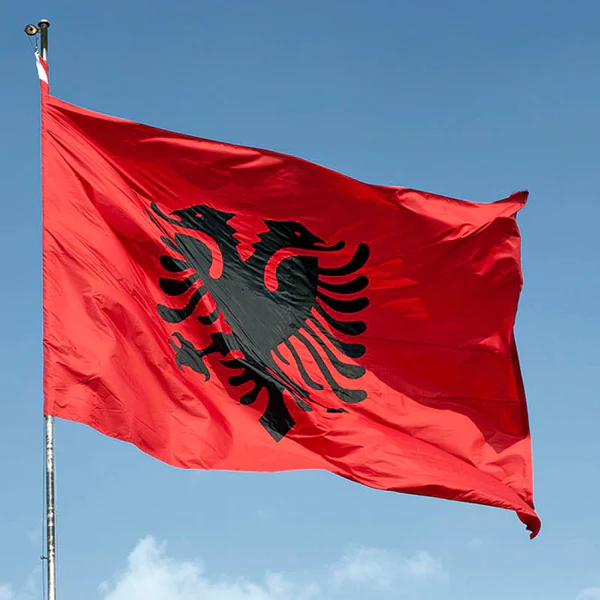
The Albanian flag features a black, double-headed Eagle on a crimson background. This symbol represents the Albanian people and their ancient roots. The red color signifies strength during times of war and bravery on the battlefield.
The design of the flag was likely influenced by Roman banners, symbolizing greatness and splendor. It has been used as a coat of arms since medieval times, representing the nation and its monarchs.
Albania has distinct maritime flags, with the city symbol displaying red, black, and red bands. The national flag shows the Eagle against a blue background, while the naval ensign adds a red line at the bottom.
